When you lease a car, the leasing company gives you specific restrictions on what you can and cannot do to the vehicle.
If you want to add a hitch so you can tow a trailer, boat, or other objects, you may be wondering if it’s allowed.
In this article, we’ll explain what you need to do when you want to tow a trailer with your leased vehicle.
We’ll also examine any possible restrictions that may affect your decision.
Can You Put A Hitch On A Leased Car?
Yes, it is generally possible to add a hitch to your leased car in order to tow a trailer or other objects.
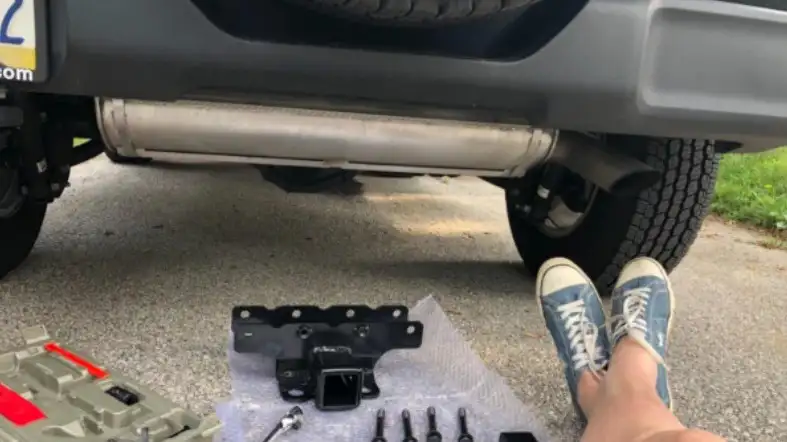
However, there may be restrictions or requirements from your leasing company that you need to consider before making this decision.
5 Restrictions You Must Follow When Putting a Hitch on a Leased Car:
1. Keep the car in good condition
When you put a hitch on a leased car, you are taking on the responsibility of the car.
This means that you must take care of the car in the same way that you would take care of your own car.
You must keep it in good condition, avoid unauthorized modifications, and never drive without insurance.
By following these simple rules, you will be protecting yourself and the car in which you are investing.
2. Get the insurance policy in order
When putting a hitch on a leased car, there are a few things you must do to ensure your safety.
First, you need to make sure you have the proper insurance policy in place.
This will cover any damages caused to the car while you are using the hitch.
You should also check your lease agreement to see if there are any other restrictions that apply.
For example, some leases may prohibit certain types of hitches.
3. Inform the leasing company of any restrictions you place on the car
When you put a hitch on a leased car, it is important to inform the leasing company of any restrictions you place on the car.
This includes things like maximum weight, height, and age.
By doing this, you are ensuring that the car is able to accommodate your needs and that there are no surprises down the road.
It’s also a good idea to list any special equipment or toys you’ll be using in the car.
This way, there will be no conflict when the time comes to return the car.
4. Make sure you have the original paperwork for the car
Before you put a hitch on your leased car, make sure you have the original paperwork.
This includes the title, registration, proof of insurance, and proof of ownership.
Without these documents, the leasing company may not be willing to allow you to install a hitch.
You may also not be able to get your money back if you are not allowed to use the car as intended.
5. Follow all state and local laws when putting a hitch on a leased car
When you put a hitch on a leased car, it is important to follow all state and local laws.
This includes making sure the hitch is safe, complying with weight and size restrictions, and not blocking traffic.
If you have any questions or concerns, be sure to speak with your leasing company or contact the police.
Violating any state or local laws can lead to fines and damage to your car.
Why Would You Want To Install A Tow Hitch On A Leased Vehicle?
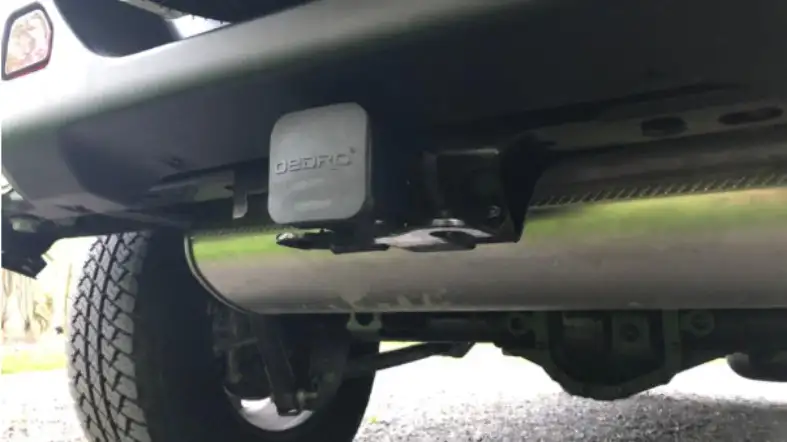
Install a tow hitch on a leased vehicle depends on a number of factors.
You can tow a trailer or camper
If you enjoy camping or traveling, having a tow hitch installed on your leased vehicle can be a great option.
This way, you’ll be able to tow a trailer or camper behind your car without any issues.
You’ll be able to bring all of your gear with you, making for a more enjoyable trip.
You can tow a boat
Another reason to install a tow hitch on your leased vehicle is if you enjoy spending time on the water.
If you have a boat, you’ll be able to tow it behind your car to the lake or river.
This can save you a lot of time and hassle, as you won’t have to rent a truck every time you want to go boating.
You Can Move Large Items
If you need to move large items, such as furniture or appliances, having a tow hitch can be extremely helpful.
You’ll be able to attach a trailer to your car and easily transport the items to your new home or office.
This can save you a lot of money, as you won’t have to hire a moving company.
You can show off your car’s capabilities
If you want to show off your car’s capabilities, installing a tow hitch is a great way to do it.
Many people are impressed by cars that can tow trailers or campers, so this can be a great conversation starter.
Additionally, it can give you a sense of pride knowing that your car is capable of handling big loads.
It’s relatively inexpensive and easy to do
Finally, one of the best reasons to install a tow hitch on your leased vehicle is that it’s relatively inexpensive and easy to do.
Most hitches can be installed in about an hour, and they don’t require any special tools or skills.
The cost of the hitch and installation is usually less than $200.
What Tools And Materials Will You Need To Install A Hitch On A Leased Vehicle?
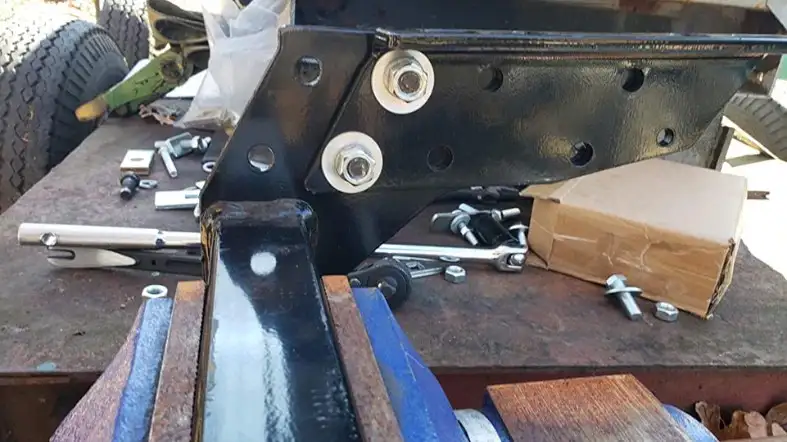
You will need a few tools to install a hitch on a leased vehicle.
A drill
You will need a drill to create the holes for the hitch bolts.
A cordless drill will be the easiest to use, but you can also use a hand drill if necessary.
A tape measure
You will need a tape measure to determine where to drill the holes for the hitch bolts.
It is important to make sure that the holes are in the correct location so that the hitch is properly secured.
Drill bits
You will need drill bits that are the same size as the hitch bolts.
This will ensure that the holes are the correct size and that the bolts will fit properly.
A socket wrench
You will need a socket wrench to tighten the hitch bolts.
A ratchet wrench will also work if you do not have a socket wrench.
Hitch bolts
These are the bolts that will secure the hitch to the vehicle.
You will need four of these bolts, and they should be long enough to go through both the hitch and the vehicle frame.
How To Install A Hitch On A Leased Vehicle?
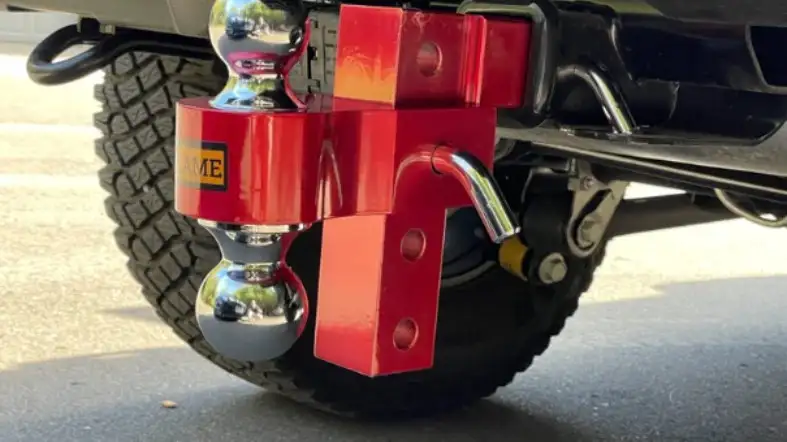
There are a few different ways to install a hitch on a leased vehicle, depending on the type of hitch and the make and model of your vehicle.
Find the right hitch for your vehicle
The first step is to find a hitch that is compatible with your vehicle.
There are many different types of hitches, so it is important to choose one that is specifically designed for your vehicle.
You can usually find this information on the hitch manufacturer’s website.
Follow the instructions
Once you have found the right hitch, it is important to follow the instructions carefully in order to avoid damaging your vehicle.
Most hitches come with detailed instructions that will walk you through the installation process step-by-step.
Use caution when drilling
If the hitch requires you to drill into your vehicle, it is important to use caution in order to avoid damaging the paint or body of the car.
It is also a good idea to use a drill bit that is slightly smaller than the recommended size to avoid over-drilling.
Torque the bolts properly
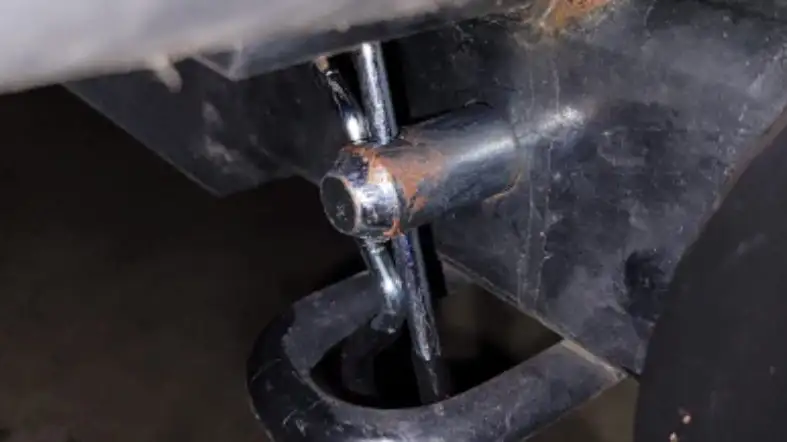
Another important step in the installation process is torquing the bolts properly.
This simply means tightening the bolts to the correct level of tightness.
If the bolts are too loose, they may come loose over time and cause damage to your vehicle.
However, if they are too tight, you may strip the threads or break the bolt entirely.
Test the hitch before use
After you have installed the hitch, it is important to test it before actually using it.
This can be done by attaching a trailer or other object to the hitch and then pulling on it to make sure that it is secure.
If everything seems to be working properly, then you’re ready to hitch up and hit the road!
Follow all local laws and regulations
Finally, it is important to follow all local laws and regulations regarding hitches and trailers.
This includes making sure that your trailer has working brakes and lights and that it is properly registered and insured
What Are Some Common Considerations When Installing A Hitch On A Leased Vehicle?
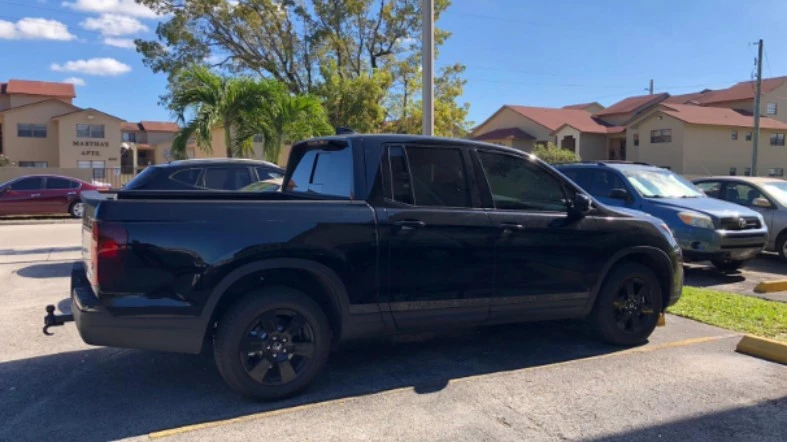
There are several factors to consider when installing a hitch on a leased vehicle, including the age and condition of the vehicle, as well as any restrictions or requirements specified by your lease agreement.
Check with your leasing company
Before you have a hitch installed on your leased vehicle, it’s important to check with your leasing company to see if they allow it.
Some companies may not allow hitches to be installed on leased vehicles, or they may charge a fee for doing so.
Choose the right hitch
There are a few different types of hitches available, so it’s important to choose the right one for your needs.
If you’re planning on doing a lot of heavy-duty towing, then you’ll need a stronger hitch than someone who is just going to use it for light-duty tasks.
Consider the weight capacity
When choosing a hitch, you’ll also need to consider the weight capacity.
This is the amount of weight that the hitch can safely tow without causing damage to your vehicle.
Make sure to choose a hitch with a weight capacity that exceeds the weight of what you’ll be towing.
Have it installed by a professional
Installing a hitch isn’t a difficult task, but it’s best to have it done by a professional.
This will ensure that it’s installed properly and that there are no issues with it.
Use proper safety precautions
Once you have your hitch installed, it’s important to use proper safety precautions when using it.
This includes making sure that everything is properly secured before starting to tow and following all traffic laws when driving.
FAQs about Can I install a hitch on a leased vehicle
If You’re Leasing A Vehicle, Can You Still Install A Hitch?
Yes, you can install a hitch on a leased vehicle. You will need to get permission from the leasing company first.
The reason for this is that the hitch will likely void the warranty on the vehicle.
If you do not get permission from the leasing company, you may be responsible for any damages that occur as a result of the hitch being installed.
How Much Would It Set You Back To Install A Hitch?
The cost of installing a hitch varies depending on the type of vehicle and the complexity of the installation.
However, you can expect to pay anywhere from $100 to $500 for the installation.
How Long Does It Take To Install A Hitch?
The installation time for a hitch varies depending on the type of vehicle and the complexity of the installation.
However, you can expect the installation to take anywhere from 1 to 4 hours.
Can I Remove The Hitch Myself When My Lease Is Up?
It is possible to remove the hitch yourself, but we recommend that you have it done professionally.
This is because removing the hitch can damage the paint on your car and void your lease agreement.
Conclusion
Although it is possible to install a hitch on a leased vehicle, it is not always recommended.
If you have any questions or concerns about whether or not installing a hitch is the best decision for your specific situation, please contact your leasing company before taking any action.
Thanks for reading!
